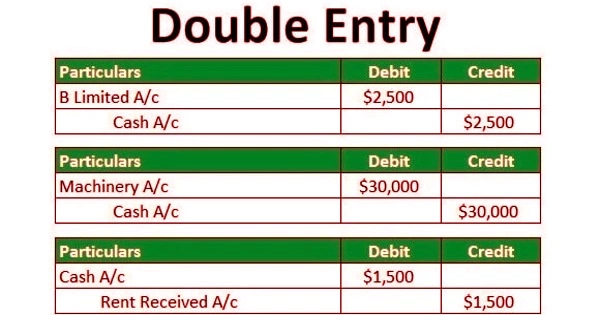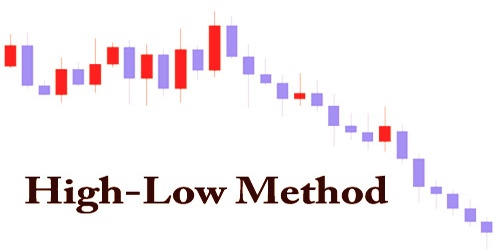Cost of Goods Sold (COGS) measures the “direct cost” incurred within the production of any goods or services. It excludes indirect expenses, like distribution costs and sales department costs. It is deducted from revenues (sales) in order to calculate gross profit and gross margin. Higher COGS results in lower margins. The worth of COGS will change depending on the accounting standards used in the calculation.
The cost of goods sold (COGS) may be the same or different for accounting and tax purposes, depending on the rules of the particular jurisdiction. Certain expenses are included in COGS. Expenses that are included in COGS cannot be deducted again as a business expense. COGS expenses include:
- The cost of products or raw materials, including freight or shipping charges;
- The cost of storing products the business sells;
- Direct labor costs for workers who produce the products;
- Factory overhead expenses.
The cost of goods sold (COGS) consists of all the prices related to producing the products or providing the services offered by the corporate. For goods, these costs may include the variable costs involved in manufacturing products, like raw materials and labor. they will also include fixed costs, like factory overhead, storage costs, and looking at the relevant accounting policies, sometimes depreciation expenses.
COGS do not include general selling expenses, such as management salaries and advertising expense. These costs will fall below the gross profit line under the selling, general, and administrative (SG&A) expense section.
Formula and Calculation for COGS:
COGS = Beginning Inventory + P − Ending Inventory
Where
P = Purchases during the period
The basic purpose of finding COGS is to calculate the “true cost” of merchandise sold in the period. It doesn’t reflect the cost of goods that are purchased in the period and not being sold or just kept in inventory. It helps management and investors monitor the performance of the business.
The COGS formula is especially important for management because it helps them analyze how well purchasing and payroll costs are being controlled. Creditors and investors also use the cost of products sold to calculate the profit margin of the business and analyze what percentage of revenues is on the market to hide operating expenses.
Both manufacturers and retailers list the cost of goods sold on the income statement as an expense directly after the total revenues for the period. COGS are then subtracted from the total revenue to arrive at the gross margin.
COGS example:
Let’s say our business is using the calendar year for recording inventory. Beginning inventory is recorded on January 1st, and ending inventory is recorded on 31st December.
Our business has a beginning inventory of $9,000, makes purchases valued at $5,000, and is left with an ending inventory of $2,000. Use the COGS formula.
COGS = $9,000 + $5,000 – $2,000
COGS = $12,000
Our cost of goods sold for the year is $12,000. Knowing this number helps us make decisions, such as finding new vendors with better direct material prices.
Now that we know our COGS, we can find our business’s gross profit for the period.
Let’s say we have revenues of $50,000. Subtract our COGS of $12,000 from $50,000. For the period, our gross income is $38,000.
Inventory that’s sold appears within the profit-and-loss statement under the COGS account. The start inventory for the year is that the inventory left over from the previous year that’s, the merchandise that wasn’t sold within the previous year. Any additional productions or purchases made by a producing or retail company are added to the start inventory. At the top of the year, the products that weren’t sold are subtracted from the sum of beginning inventory and extra purchases. The ultimate number derived from the calculation is the cost of products sold for the year.
The cost of goods sold equation might seem a little strange at first, but it makes sense. Remember, we want to calculate the cost of the merchandise that was sold during the year, so we have to start with our beginning inventory.
The balance sheet has an account called the current assets account. Under this account is an item called inventory. The balance sheet only captures a company’s financial health at the end of an accounting period. This suggests that the inventory value recorded under current assets is that the ending inventory. Since the start inventory is that the inventory that a corporation has available at the start of its accounting period, it implies that the start inventory is additionally the company’s ending inventory at the tip of the previous accounting period.
Once we know our cost of goods sold (COGS), we can calculate our business’s gross income or profit, which is the amount our business earns from selling our offerings before subtracting taxes and other expenses. And when we know our business’s gross profit, we can calculate our net income or profit, which is the amount our business earns after subtracting all expenses.
Here is the gross profit formula:
Gross Income = Gross Revenue – COGS
And, here is the formula to find net profits:
Net Income = Revenue – COGS – Expenses
As we can see, knowing our business’s COGS is an integral part of calculating our overall business profits. And, we need to know our business profits to seek financing and make financial decisions.
Cost of goods sold (COGS) is that the cost of acquiring or manufacturing the products that a corporation sells during a period, that the only costs included within the measure are those who are directly tied to the assembly of the products, including the price of labor, materials, and manufacturing overhead. Furthermore, costs incurred on the cars that weren’t sold during the year won’t be included when calculating COGS, whether the prices are direct or indirect. In other words, COGS includes the direct cost of manufacturing goods or services that were purchased by customers during the year.
Information Sources:
















